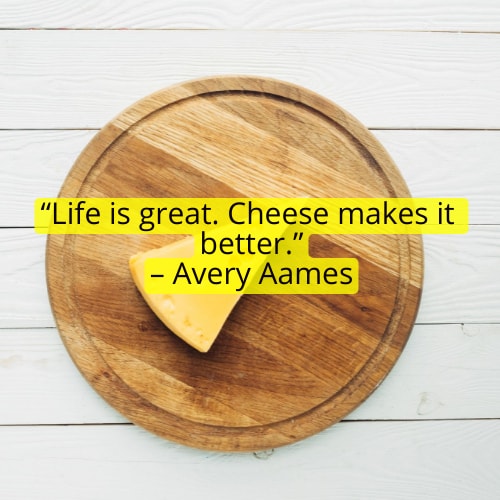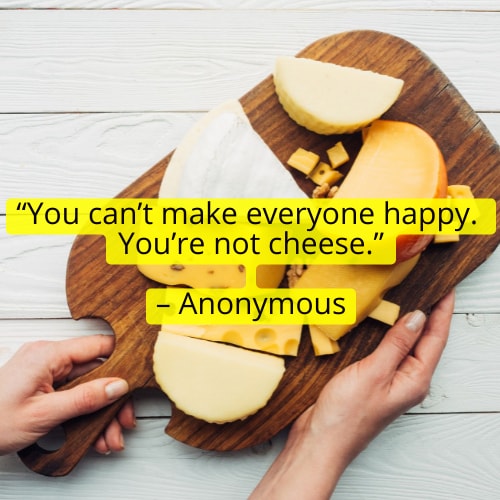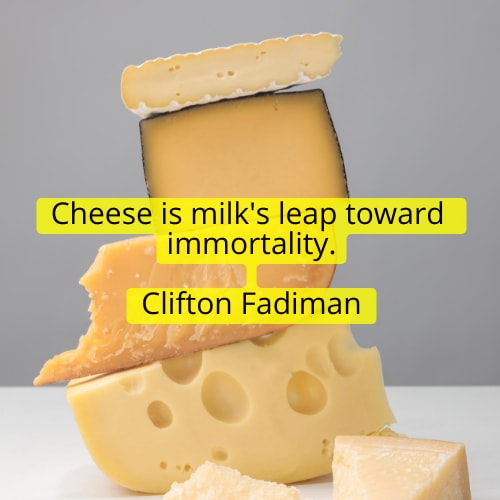You don’t need a fondue set to make fondue
‘This dish is very you,’ my husband says, as I serve up 650g of melted, boozy cheese to the two of us for a weekday lunch, alongside a teetering pile of bread cubes. He is, I’m afraid, right: it really is my favourite kind of eating. There’s nothing better than a communal pot in the centre of the table, with everyone leaning over each other. Fondue is fun, as well as being pleasingly old-fashioned, its gooey and silky texture demanding dunking and swooping. And I’d probably treat anyone who didn’t leap at the chance to eat a lot of stringy cheese and bread with mild suspicion.
Until now, my life has been mostly fondue-less, thanks to not owning a fondue set. The caquelon, or cauldron, has a low flame underneath it, which keeps the cheese hot while diners eat it. I’d assumed that, without that, fondue was not for the likes of me. So imagine my cheesy grin when I discovered I’d been denying myself for no good reason: it is perfectly possible to make an excellent fondue with just a cast-iron pan and a hob.
It works best if there’s abunch of you crowded round the table, brandishing forks
It’s a simple concept: Swiss cheese, usually a mixture of gruyère and emmental, is stirred into a bubbling mixture of wine and flour until it melts. Garlic is often rubbed on to the pot before the wine is added, and kirsch or brandy can be used along with the wine. It can be gussied up with herbs or spices, or different cheeses, or even truffle, but it really doesn’t need to be. And of course it’s made for winter and for gatherings, so it’s perfect for this time of year. It’s boozy, warm and impossibly rich, and it works best if there’s a bunch of you crowded round the table, brandishing forks.
There are ancient precursors to the Swiss fondue: book 11 of Homer’s Iliad describes goat or sheep cheese mixed with wine and flour. But the modern Swiss dish of cheese and wine originated in the late 19th century (before that, ‘cheese fondue’…
..


